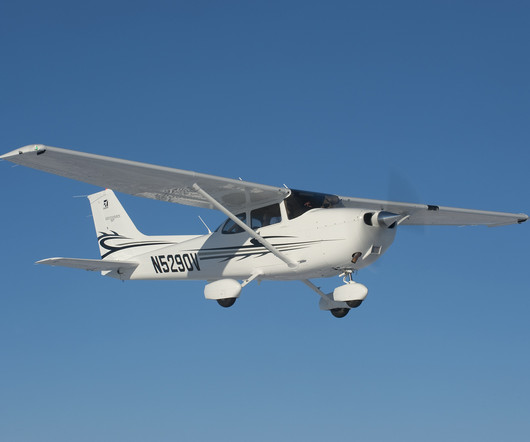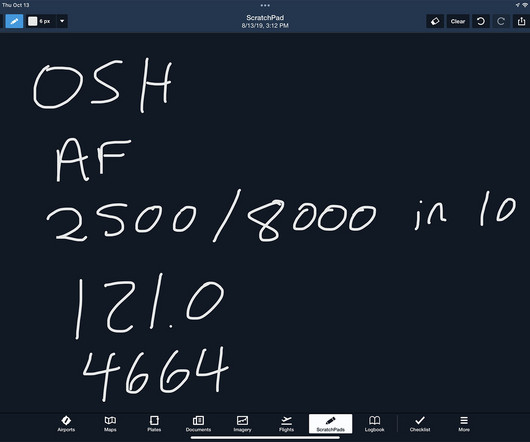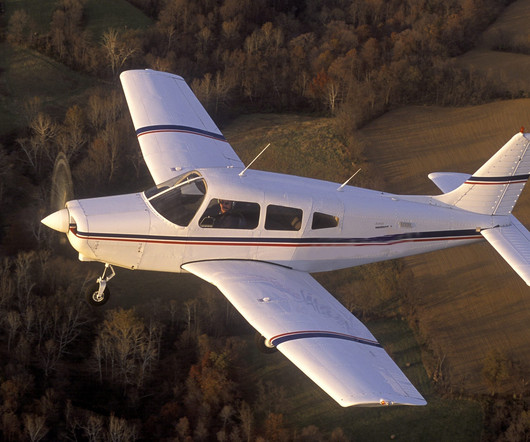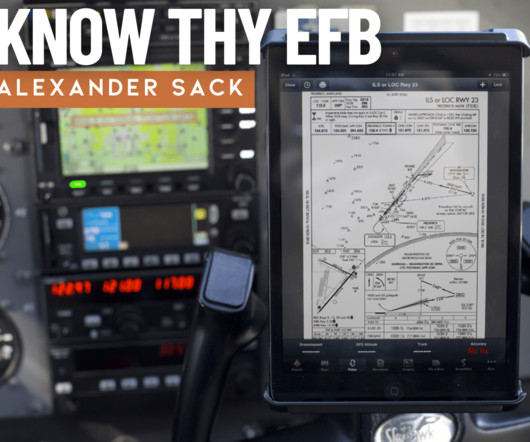Quiz: Airspace classifications and rules
Flight Training Central
MARCH 10, 2025
What is the minimum ceiling and visibility for takeoff, landing, or entering the traffic pattern of an airport in Class E airspace under visual flight rules? A ceiling of 1,000 feet and have visibility of at least 3 statute miles. A ceiling of 1,000 feet and have visibility of at least 3 statute miles.
















Let's personalize your content